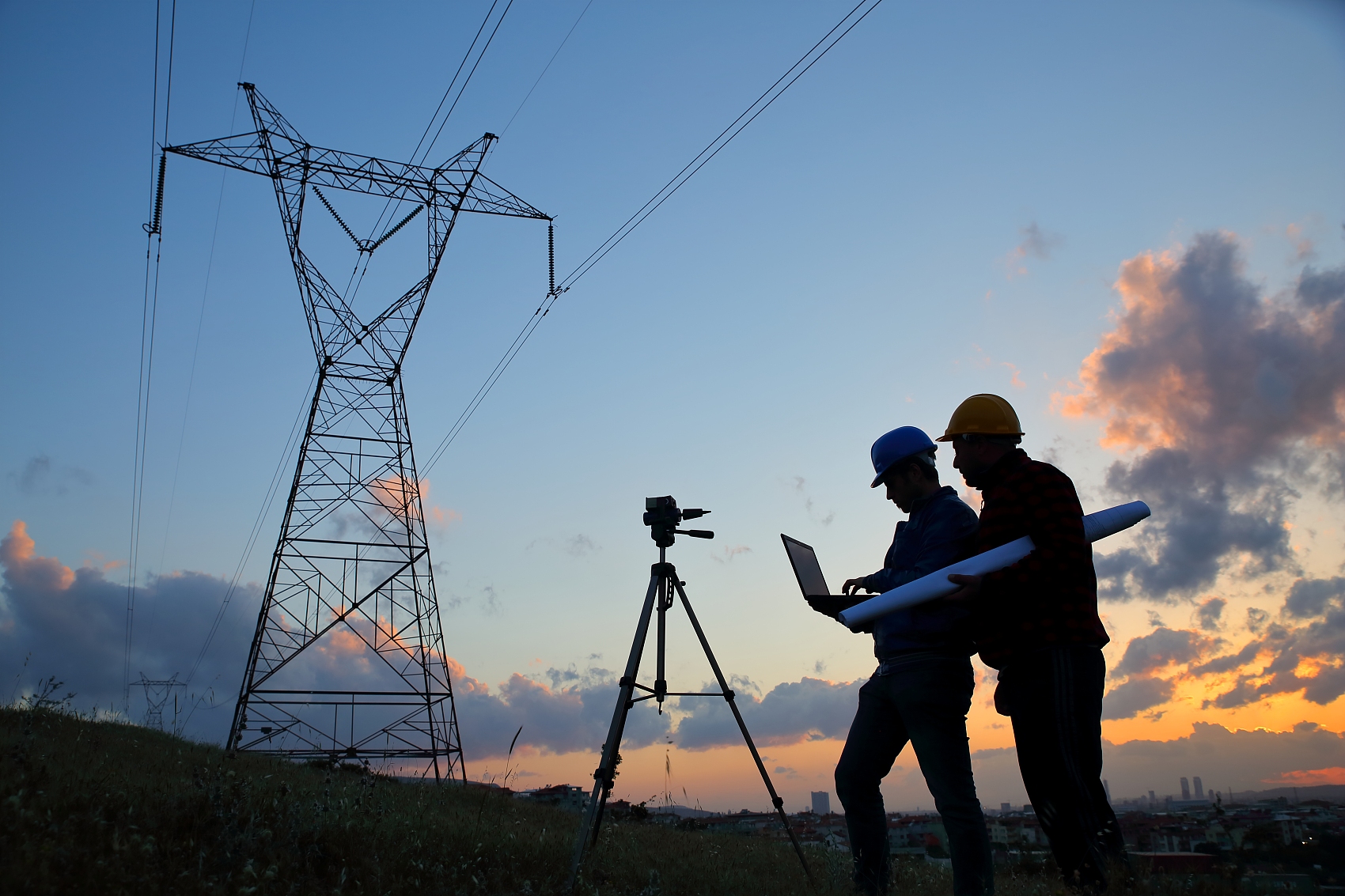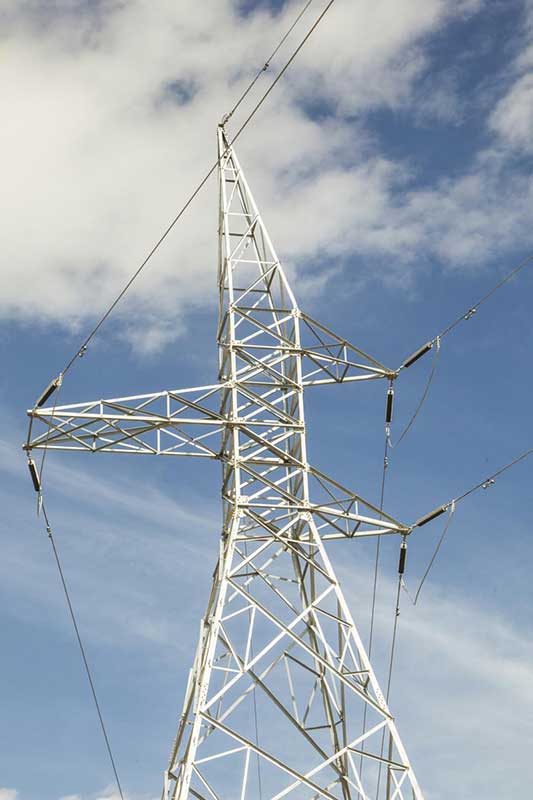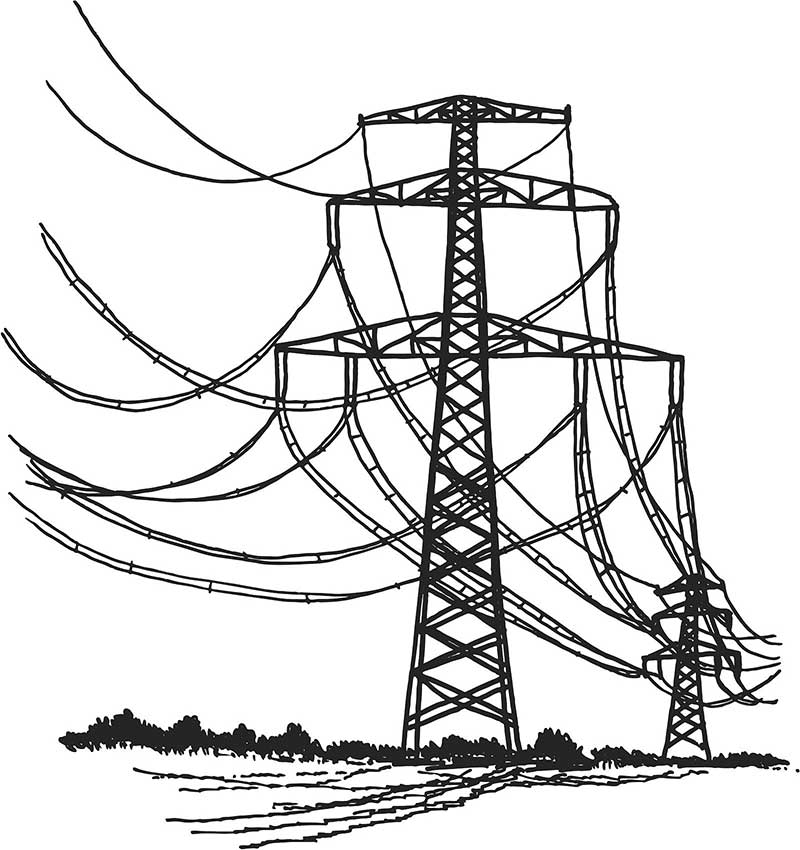
Shielding high-voltage cables is done to reduce electromagnetic interference and improve the cable’s voltage resistance. In high-voltage cables, current generates an electromagnetic field, which can interfere with surrounding electrical equipment and circuits. At the same time, it can also be affected by interference from surrounding electrical equipment and circuits. This interference can affect the quality and stability of the signal transmission in the cable, thus impacting the normal operation of the power system.To reduce this electromagnetic interference, high-voltage cables typically have a shielding layer added outside the conductor, which can be made of materials such as metal foil, copper tape, or copper mesh, and is used to isolate the electromagnetic field inside the cable from the outside electromagnetic field. This can reduce the cable’s interference with the surrounding environment while also reducing the surrounding environment’s interference with the cable, improving the quality and stability of signal transmission in the cable.
In addition, cables undergo high voltage during operation, and shielding is also necessary to improve the cable’s voltage resistance and ensure its safe operation. The shielding can distribute the cable’s electric field more uniformly, reducing the electric field intensity inside the cable and improving the cable’s voltage resistance. High-voltage cables generally require shielding, especially in the following situations:
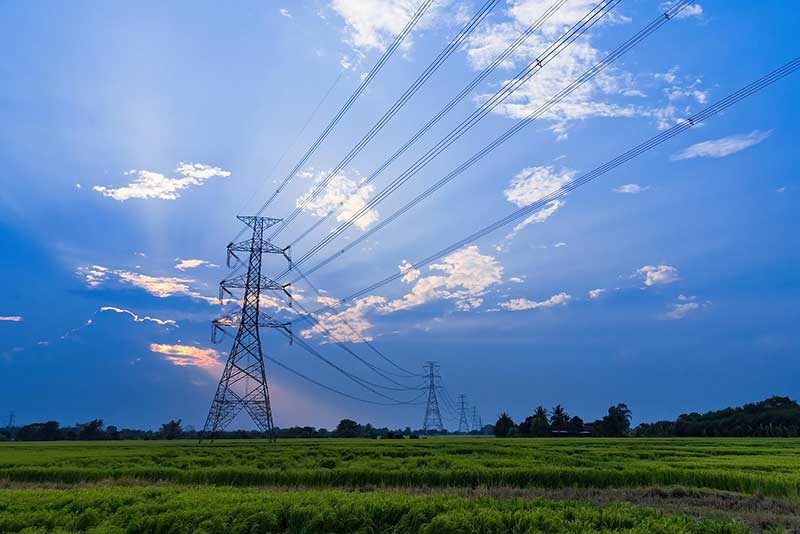
1.High voltage level: Generally, the higher the voltage level of high-voltage cables, the weaker their ability to suppress electromagnetic interference, and thus stronger shielding protection is needed. For example, in transmission lines, the voltage level is usually over 110 kilovolts, and such cables require shielding.
2.Long-distance transmission: During the long-distance transmission of cables, the cable’s electromagnetic field usually gradually spreads, affecting the surrounding environment and also being affected by the surrounding environment. In this case, a shielding layer needs to be added to the cable to reduce electromagnetic interference and the cable’s impact on the surrounding environment.
3.Near sensitive equipment: The cable’s electromagnetic field near sensitive equipment may interfere with the equipment’s normal operation, so a shielding layer is required to reduce electromagnetic interference.
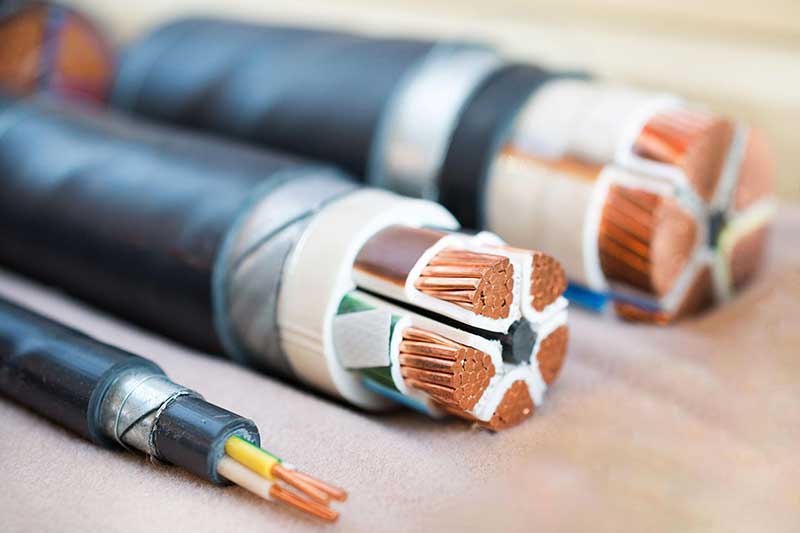
4.High-frequency signal transmission: In high-frequency signal transmission, signal transmission loss and interference are more pronounced, so stronger shielding protection is required.
In conclusion, high-voltage cables require shielding in many situations to reduce electromagnetic interference and improve the cable’s transmission quality

